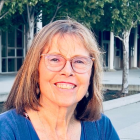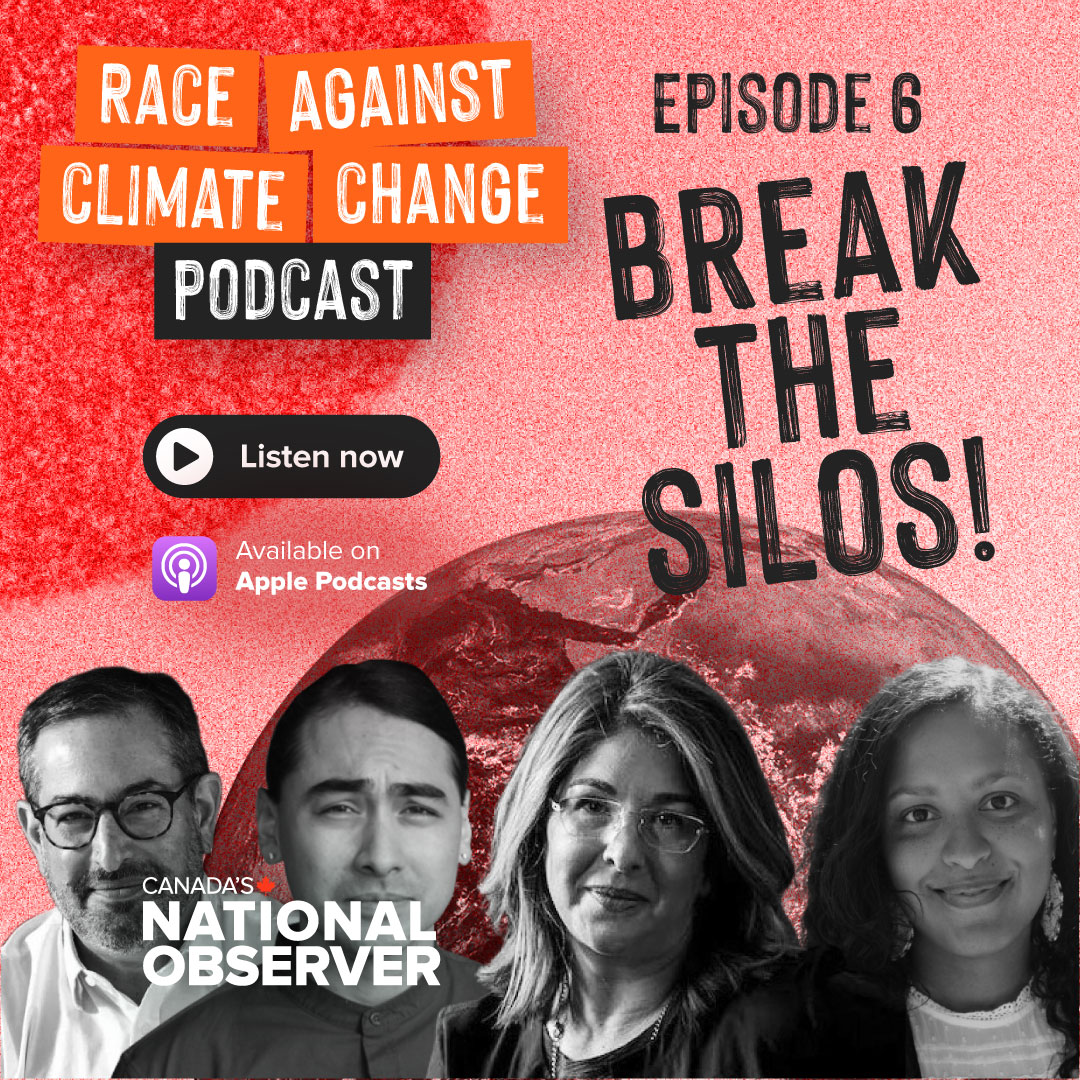Support strong Canadian climate journalism for 2025
Andrés Jiménez Monge amplifies the voices of birds to elevate hope. As urban program co-ordinator for Birds Canada, he hosts podcasts profiling bird lovers and runs online courses empowering city dwellers to see and love the birds around them.
His blog at Raza Verde uses photography to tell stories of the wildlife around us.
In 2014, he was recognized as an Emerging Caribbean Wildlife Conservation Leader by IFAW, WWF and the US Wildlife and Fisheries Service.
This piece is part of a series of profiles highlighting young people across the country who are addressing the climate crisis. These extraordinary humans give me hope. I write these stories to pay it forward.

Tell us about your work.
My online course, A Beginner’s Guide to Birdwatching — Finding birds and happiness, empowers anyone to be a successful bird watcher. At Home with Birds equips participants to become mindfully aware of the birds near us. My newest project is the podcast The Warblers. With my co-host Andrea Gress, avid bird watchers join us to cover challenging topics like social justice, climate change and even extinction. But we always make despair less convincing and hope more accessible.
How do you avoid despair when you are talking about extinction?
I connect the listener to their immediate experience. The past is done, but we have the present and the future is not yet known. Research confirms what every nature lover knows in their heart and mind — having more birds around you can make you more joyful.

How do you measure the impact of your projects?
Recently, a 12-year-old told me the podcast episode Anyone Can Garden for Birds helped calm his climate anxiety and give him hope and happiness. Other projects have inspired citizen scientists. Hundreds of people have bird-warning decals on their windows. We also take heart from providing a sympathetic market for our sponsors like Birds and Beans, a bird-friendly fair-traded coffee. Transit users like our interactive maps showing where there are likely to be groups of birds on their routes.
I am particularly interested in making awareness of birds available to people with disabilities. If you are depressed, you might not see the cardinal singing its heart out on the tree outside your window — even though it might be just the lift you needed. Blind bird enthusiast Christine Malec helps us bring an awareness of birds to those without sight since birth. They might not be able to see a bird, but they can touch feathers and feel bird feet walking across their hands or a nest and they can listen to their songs. They can imagine the feeling of flying like a hawk or standing immobile like a great blue heron while fishing.
Often, decision-makers just forget to take birds into account. Birds Canada helps amplify your voice.

How did you get into this work?
I grew up in Costa Rica. I was always in the garden and loved bugs. My mom remembers finding me playing with a coral snake! My dad saw his work as a farmer as the noblest occupation: tending land that feeds people. I saw the destruction of nature and wanted to understand how to protect it. I worked in fishery, whale and reptile conservation in Costa Rica and in Canada. After my studies at York University’s urban and climate change program and a diploma at the Schulich Business School, I realized climate change is going to impact the Caribbean in terrible ways much faster than southern Ontario, where I now live. I love my country, but it will be safer for my children if we live here.
At first, I worried that I should work in Costa Rica. But then I saw a Baltimore oriole on a cherry tree in High Park in Toronto. That same Baltimore oriole winters in the mango trees I grew up with in Costa Rica. Humpback whales spend time in both my countries. If I can care for them here, I am working to protect them there too.

What makes your work hard?
If you understand environmental science, you cannot help but be sad sometimes. It is hard to watch what you know and love being destroyed.
What gives you hope?
I remember that I exist materially in my body, which is here right now in its present environment. I might mourn the extinction of rhinos in East Africa, but my time is better spent protecting what we can save right here.

What would you like to say to other young people?
My master's program included looking for a frog in Costa Rica that scientists thought had been extinct for 30 years. After occasional photos started appearing of the harlequin toad (Atelopus varius), I had to see if I could find and help protect it. I spent six months looking in its predicted habitat on rocks close to water. When I found one, it was 30 metres up a tree in a forest. With some time and solitude, one frog became 15 and then 30, and now it is very much present. Nature is so much more resilient than we expect. Miracles like this are waiting for us to get out of the way and look in unexpected places.
What would you like to say to older readers?
The present moment is the best one to support nature.






Comments
Lovely-- but the bird in the first pic doesn't look much like a chickadee. A downy woodpecker?
It is a downy woodpecker; we feed them here at the Nature Centre in Lethbridge and they're as bold as chickadees, look right at you. Loved this article.